Archives
- 2025-10
- 2025-09
- 2025-03
- 2025-02
- 2025-01
- 2024-12
- 2024-11
- 2024-10
- 2024-09
- 2024-08
- 2024-07
- 2024-06
- 2024-05
- 2024-04
- 2024-03
- 2024-02
- 2024-01
- 2023-12
- 2023-11
- 2023-10
- 2023-09
- 2023-08
- 2023-07
- 2023-06
- 2023-05
- 2023-04
- 2023-03
- 2023-02
- 2023-01
- 2022-12
- 2022-11
- 2022-10
- 2022-09
- 2022-08
- 2022-07
- 2022-06
- 2022-05
- 2022-04
- 2022-03
- 2022-02
- 2022-01
- 2021-12
- 2021-11
- 2021-10
- 2021-09
- 2021-08
- 2021-07
- 2021-06
- 2021-05
- 2021-04
- 2021-03
- 2021-02
- 2021-01
- 2020-12
- 2020-11
- 2020-10
- 2020-09
- 2020-08
- 2020-07
- 2020-06
- 2020-05
- 2020-04
- 2020-03
- 2020-02
- 2020-01
- 2019-12
- 2019-11
- 2019-10
- 2019-09
- 2019-08
- 2019-07
- 2019-06
- 2019-05
- 2019-04
- 2018-11
- 2018-10
- 2018-07
-
br STAR Methods br Author Contributions
2024-01-29
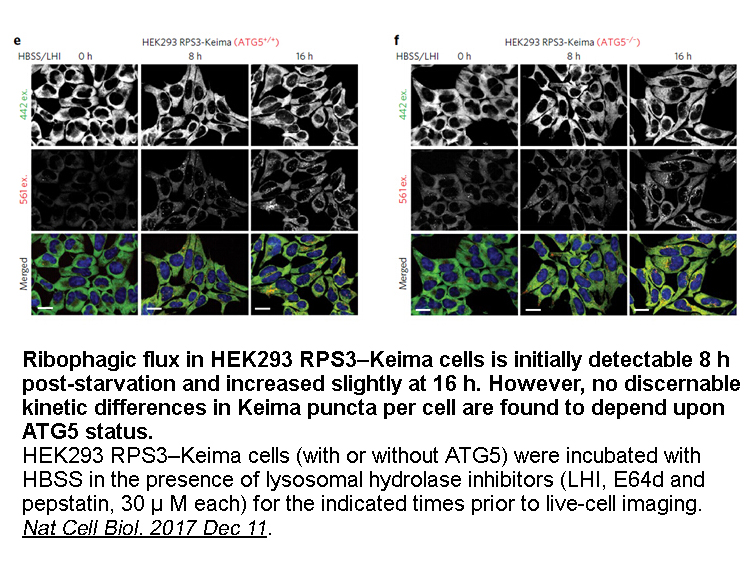
STAR★Methods Author Contributions Acknowledgments This study is funded by National Institutes of Health (NIH) Grants NS028901 and DC004450 (to L.O.T.); N.L. Tartar Trust Fellowship (to H.-W.L.); DC014878 to T.S.B. We thank members of the Trussell lab for helpful discussions, Dr. Stephen Dav
-
To determine the post translation modifications
2024-01-27
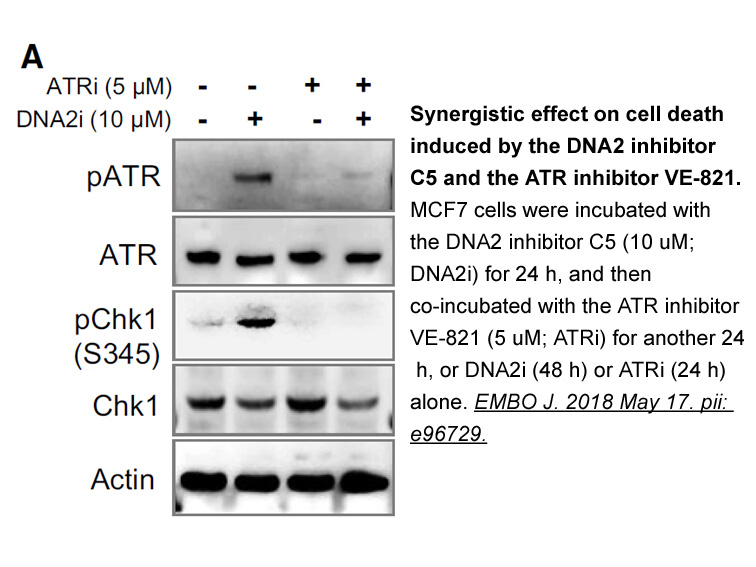
To determine the post-translation modifications in chicken adiponectin, we isolated adiponectin from chicken adipose tissue by immunoprecipitation. Chicken adiponectin was then subjected to tryptic digestion and UPLC/MS/MS. The collagenous domain of chicken adiponectin was found to possess certain c
-
The activation of P Rs modulates the activity of
2024-01-27
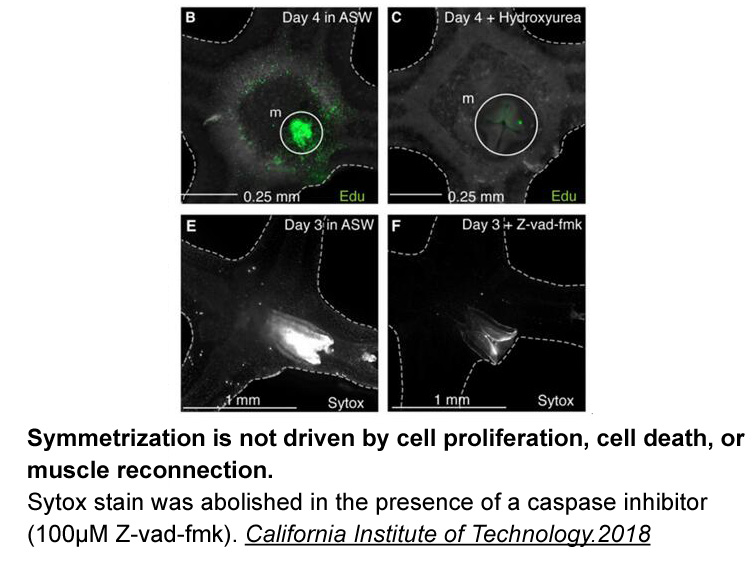
The activation of P1Rs modulates the activity of many ion channels and receptors (Sebastião and Ribeiro, 2009) and the recent detection of P1Rs at the postsynaptic level of the adult NMJ (Garcia et al., 2014) makes potentially possible an adenosine-mediated modulation of the nicotinic BMS354825 sale
-
br Conflict s of interest
2024-01-27
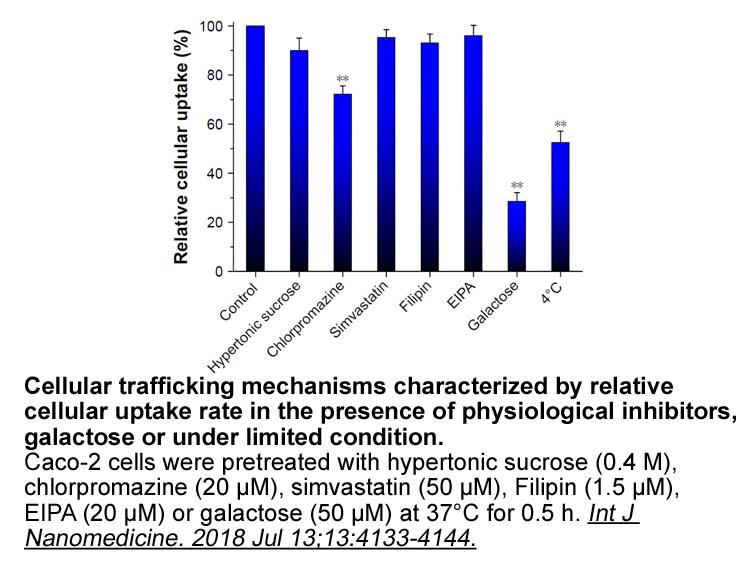
Conflict(s) of interest Retinopathy of prematurity (ROP) is a leading cause of childhood blindness Retinopathy of prematurity (ROP) is a disease of premature infants which disrupts normal retinal vascularization (Fleck and McIntosh, 2008). With increased survival of extremely premature infants
-
br AChE variants and their functions The
2024-01-27

AChE variants and their functions The AChE gene generates several splice variants of AChE which are designated as hydrophobic (H), readthrough (R) and tailed (T) forms differing in membrane association and also localisation on a tissue and sub-cellular level. They all undergo significant posttran
-
Penciclovir Sodium br Materials and methods br Results br Di
2024-01-27
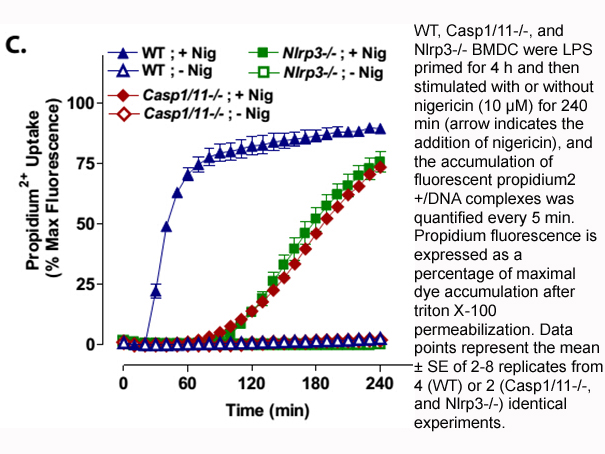
Materials and methods Results Discussion Author contributions JH purified protein, performed vanadate inhibition experiments, crystallized, collected data, determined and refined the ATX-VO5 structure, analysed all the structures, prepared the displayed items and supervised ALHE; WJK con
-
Because serum ATX activity and
2024-01-27

Because serum ATX activity and HO-3867 australia LPA are well correlated with liver fibrosis stage histologically, both of these parameters merit consideration as novel markers of fibrosis. However, serum ATX activity may be a more useful test from a clinical laboratory perspective. First, LPA can i
-
The approach of enzymatically converting an analyte and
2024-01-26

The approach of enzymatically converting an analyte and detecting it by the resulting small pH changes near the reduced graphene oxide (rGO) surface has successfully been pursued in case of urea (Piccinini et al., 2017). Furthermore, this work reported that electrostatic layer-by-layer (LbL) assembl
-
In spite of this unexpectedly after
2024-01-26

In spite of this, unexpectedly, after three-week cherry puree consumption no AC increase was observed, irrespective of the method used (Table 2). A statistically significant decrease of AC was even measured by LOX-FL and ORAC methods (−3.5% and −9%, respectively). Nevertheless, a much more evident d
-
br Angiotensin receptor neprilysin inhibitors
2024-01-26
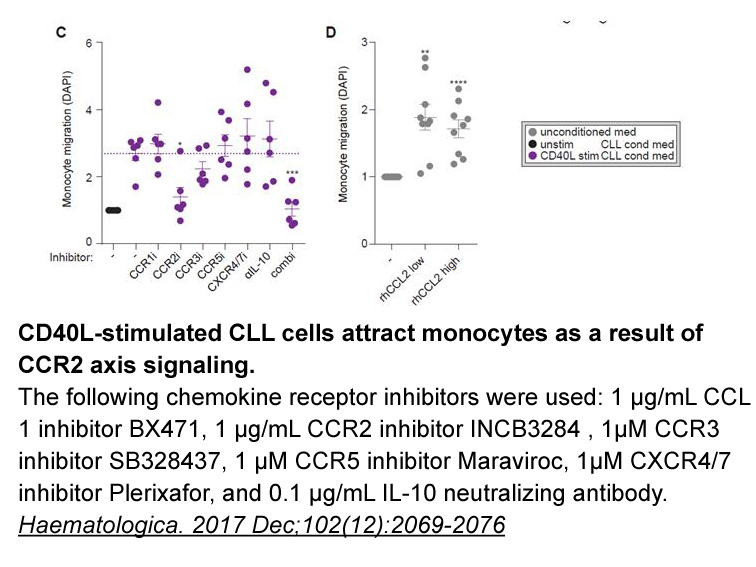
Angiotensin receptor-neprilysin inhibitors Sacubitril/valsartan is the first-in-class ARNI, comprising of molecular moieties of valsartan (ARB) and a neprilysin inhibitor prodrug, sacubitril (AHU377) [51]. Upon ingestion, sacubitril is rapidly metabolised into an active neprilysin inhibitor, sacu
-
Electron paramagnetic resonance studies of mixtures of A and
2024-01-26
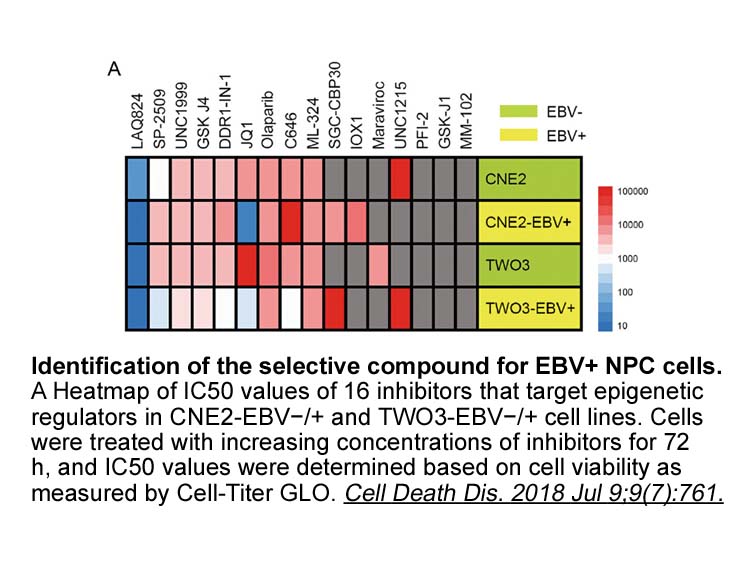
Electron paramagnetic resonance studies of mixtures of Aβ1–40 and Aβ1–42 suggest that interlaced fibrils might also form [40] where Aβ1–40 and Aβ1–42 is found within the same fibril. Considering the Aβ fold rather than the sequence, these observations imply two mechanisms that might lower the total
-
A central question that arises in this discussion is
2024-01-26

A central question that arises in this discussion is whether enhanced neurobehavioral responses to food cues emerge as a consequence of weight gain, or whether there are intrinsic differences in the motivational responses to food cues that precede weight gain. In support of pre-existing differences,
-
Treatment of RAW cells with AP exosomes caused
2024-01-26

Treatment of RAW264.7 GW441756 sale with AP(+)-exosomes caused an increase in their phagocytic activity. In the presence of amastatin, phagocytic activity was not completely suppressed, suggesting that at least two components were responsible for the activity; one of which is aminopeptidase(s). Whe
-
According to their structures and substrate specificity MMPs
2024-01-26
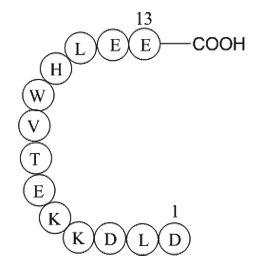
According to their structures and substrate specificity, MMPs are divided into five major groups: collagenases (e.g., MMP1), gelatinases (e.g., MMP2, MMP9), stromelysins (e.g., MMP3, MMP10), matrilysins (e.g., MMP7), and membrane-type MMPs [7]. Among them, MMP1 is a major collagenase that degrades t
-
NMS-1286937 br Adiponectin receptors in colorectal cancer de
2024-01-26
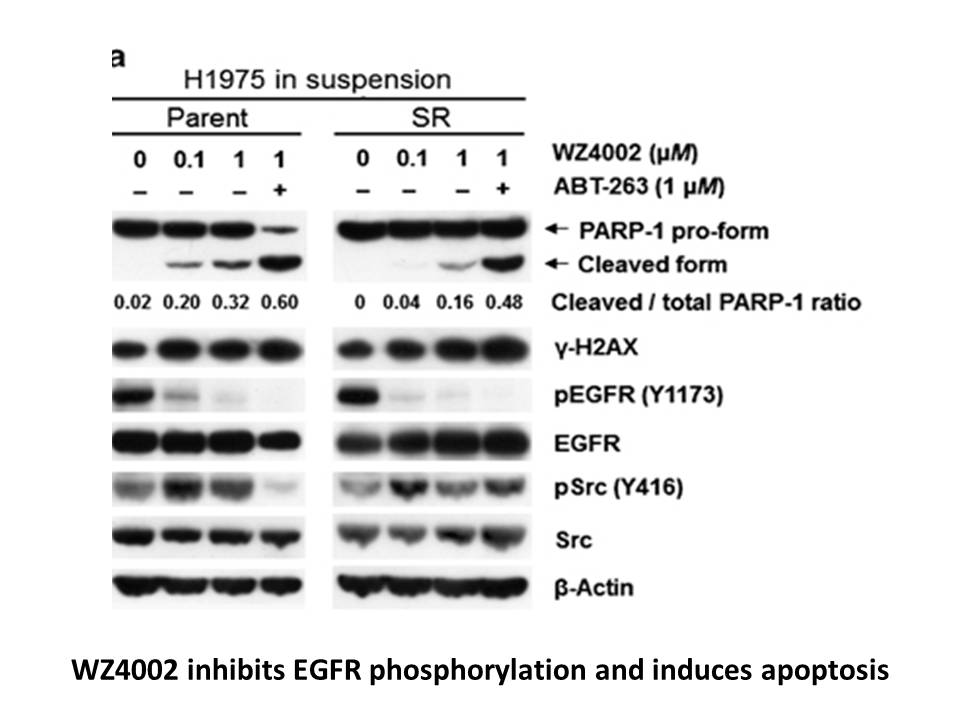
Adiponectin receptors in colorectal cancer development APN receptors expressed in CRC tissue may mediate its effects on cell expansion and cell death (Byeon et al., 2010). It was observed that the expression of AdipoR1 and 2 is higher in CRC tissue than in counterpart healthy tissues (Williams et
16389 records 208/1093 page Previous Next First page 上5页 206207208209210 下5页 Last page